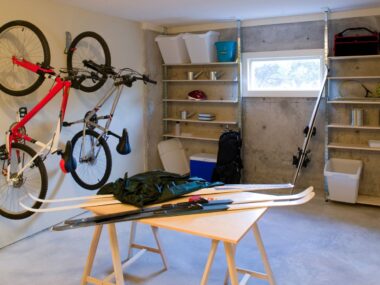As the name suggests, pressure treated wood is wood that has been treated with chemicals under high pressure in order to prolong its lifespan. This type of wood is often used for outdoor construction projects like decks, fences, and playgrounds, as it is able to withstand harsh weather conditions and pests better than regular wood.
As pressure treated wood is often used in outdoor construction, one of the key questions people have about it is how long it will last.
The benefits of using it in outdoor projects
Pressure treated wood is wood that has been treated with chemicals under high pressure in order to prolong its lifespan. This type of wood is often used for outdoor construction projects like decks, fences, and playgrounds, as it is able to withstand harsh weather conditions and pests better than regular wood.
One of the key benefits of using pressure treated wood in outdoor projects is that it has a much longer lifespan than regular wood.
Another benefit of using pressure treated wood is that it is resistant to pests and rot. This makes it an ideal choice for construction projects in areas that are prone to these problems.
how long does pressure treated wood last
Pressure treated wood can last for decades if it is properly maintained. However, it is important to note that the lifespan of pressure treated wood will depend on a number of factors, such as the type of wood used, the climate in which it is used, and how often it is exposed to weathering elements like sun and rain.
With proper care, pressure treated wood can last for many years, making it a great choice for a variety of outdoor construction projects.
Which types of projects are best suited for pressure treated wood
Pressure treated wood is best suited for outdoor construction projects that require a durable and long-lasting material. Some examples of such projects include decks, fences, and playgrounds. When choosing pressure treated wood for a project, it is important to consider the climate in which the project will be located. If the project is in an area that is prone to rot or pests, pressure treated wood would be a good choice.
Additionally, it is important to consider the maintenance requirements of pressure treated wood. Pressure treated wood will require more maintenance than regular wood, so it is important to factor this into the decision-making process.
Alternatives to pressure treated wood
There are a few alternatives to pressure treated wood that can be used for outdoor construction projects. One alternative is cedar, which is a naturally rot-resistant wood.
Another option is redwood, which is also naturally resistant to rot and pests. These options may be more expensive than pressure treated wood, but they will not require the same level of maintenance.






